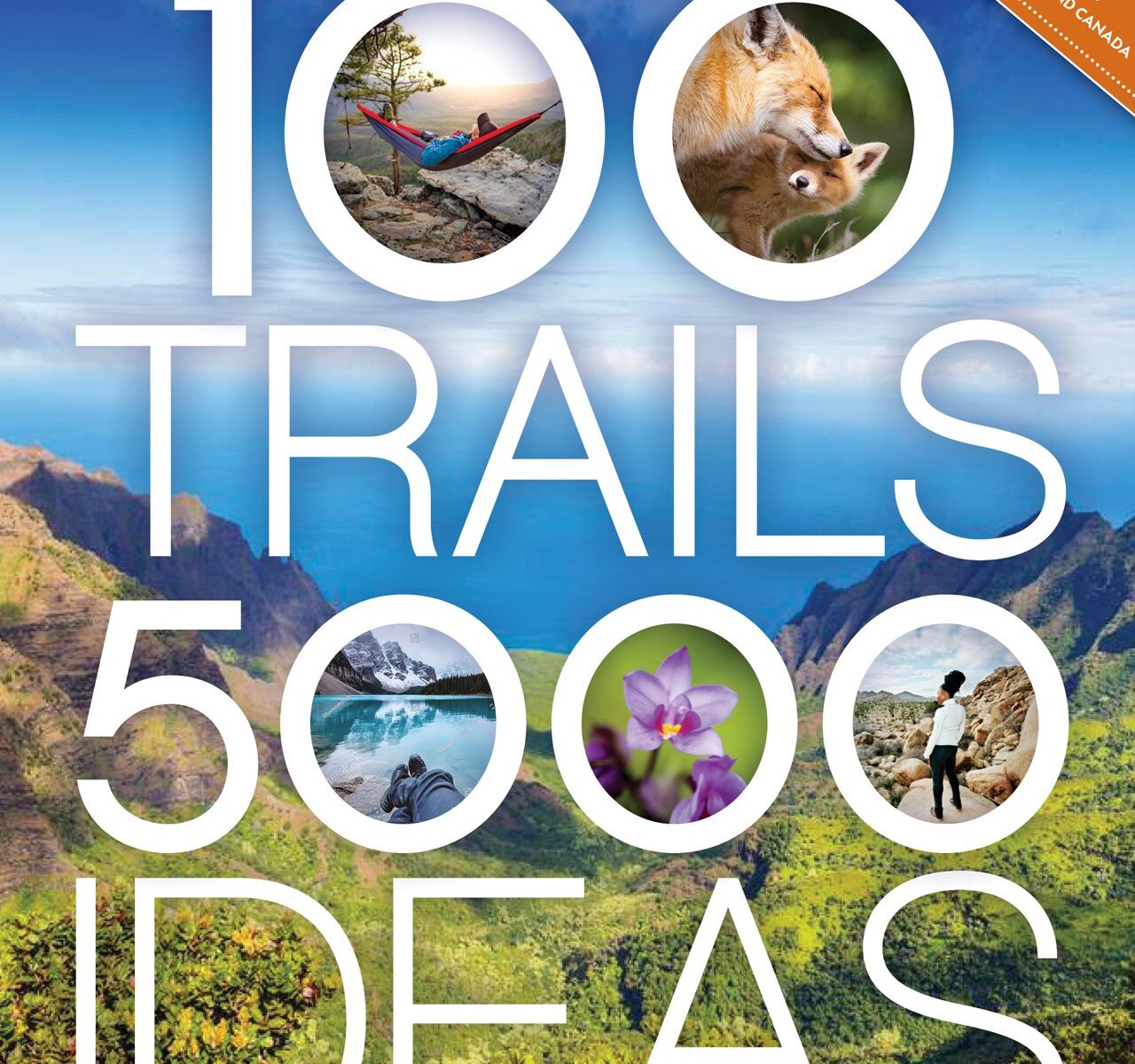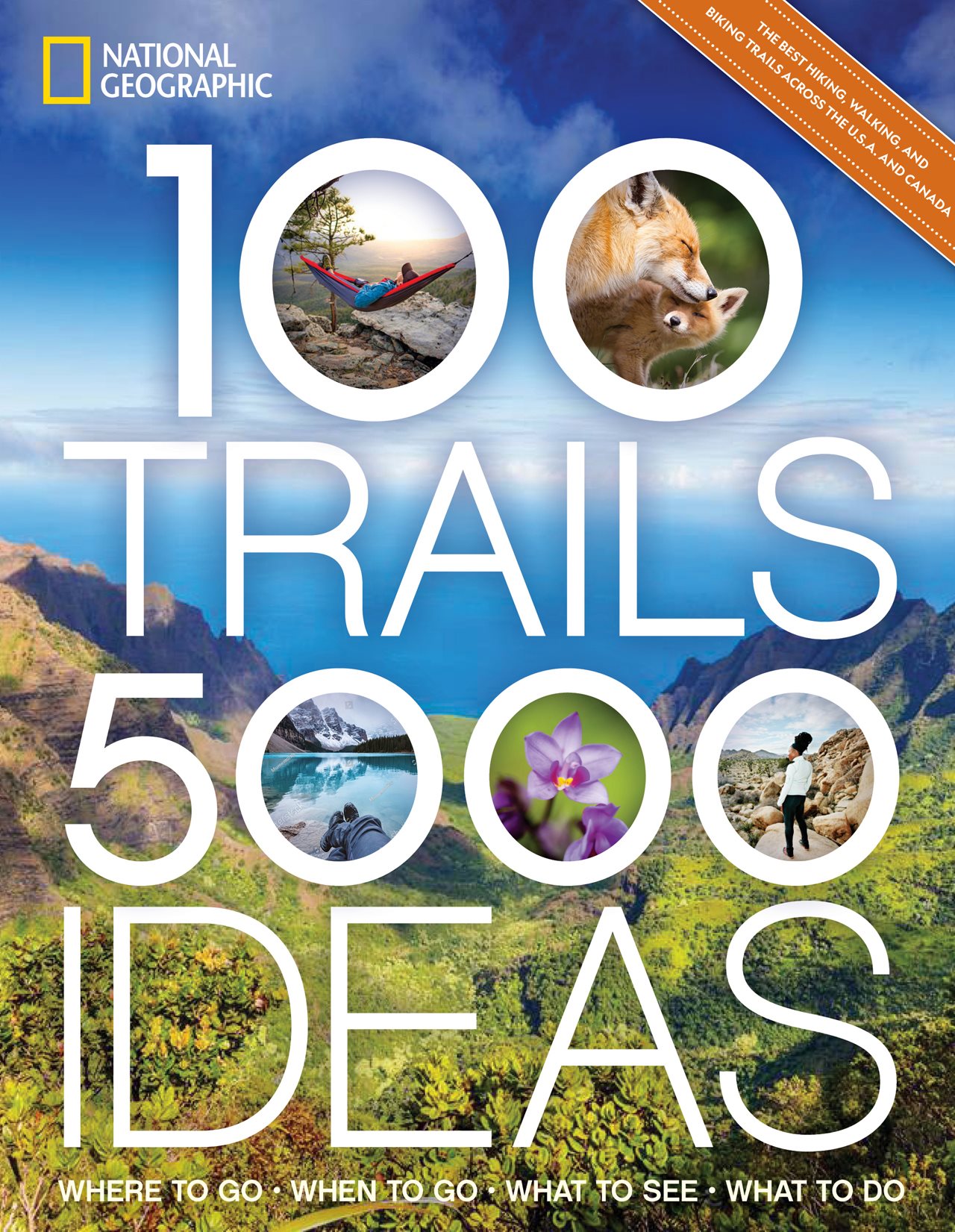2023-04-18T04:01:00
(BPT) – For many, the longer days, warmer temperatures, and blooming flowers of spring and summer bring a renewed sense of energy and motivation to paint the garage or freshen up the garden. However, it is also the perfect time of the year to devote your energy to personal health and wellness improvement projects.
To prepare for the warmer seasons ahead, Dr. Leah Joseph, a board-certified primary care physician at Teladoc Health, the world’s largest telehealth company, shares her top tips for upgrading health and wellness routines.
Tidy up your sleep schedule
People tend to appreciate the longer days of spring and summer. But more early morning sunshine, along with life’s other distractions, can wreak havoc on sleep schedules.
Joseph recommends that people prioritize getting seven to nine hours of sleep a night and stresses that consistency is the key to reaping the rewards of a good night’s rest. “Establishing a sleep schedule that conditions your body to go to sleep and wake up at the same time each day, including weekends, helps your body get into a natural rhythm,” she says. “To get into a routine, try setting a bedtime alert on your phone or placing a note next to your TV to remind you of your bedtime.”
And when interruptions and sleepless nights do happen, people shouldn’t dwell on it because the stress can make it even harder to get back into a sleep rhythm. Joseph recommends accepting the interruption as a temporary lapse and trying again for better sleep the next night.
Dig into your diet
More sun and rising temperatures make it easier to find fresh, in-season fruits and vegetables, staples of a healthy diet. Eating plenty of whole foods, including vegetables and fruits, can lower blood pressure, lower the risk of heart disease and stroke, help with digestion problems and have a positive effect on blood sugar, which can help keep appetites under control.
“Focus on what you can control around healthy eating choices and learn to adapt to things outside of your power,” suggests Joseph. “Look for chances to add color to your plate with fruits and veggies and cook with fresh ingredients when you can.”
In addition to support from your primary care physician, registered nutritionists and dietitians can help design a healthy eating strategy with the right mix of whole foods. In many cases, meeting with dietary experts can be done easily and conveniently online.
Take it outside
Joseph says one of the most important things you can do for your overall health is to prioritize getting enough physical activity. Getting daily exercise doesn’t have to be intense or complicated. Taking a quick walk around the neighborhood or local park can have significant benefits for everyone, no matter an individual’s fitness level.
“If you can, find a partner to help keep you motivated to move,” recommends Joseph. “Ask friends and family to work out with you, and make it unique to you. They’ll help you stay on track, and you’ll have more fun doing it.”
She advises that there’s no one-size-fits-all approach to exercise, and that people need to try different activities until they find at least one that they enjoy enough to engage in regularly.
Pick up with your primary care provider
It is always easier to stay on top of health goals and priorities with an expert by your side. Your primary care provider (PCP) can help navigate every aspect of health and wellness, from a new health goal to a new health diagnosis.
Scheduling an appointment with a PCP is the best way to stay on top of health needs. Regular check-ins are key to disease prevention, controlling common chronic diseases, mental wellness and coordinating testing and specialist care, when it’s needed.
“Too often, I see that people wait to see a doctor until there is an issue or an emergency,” commented Joseph. “With regular visits, I can establish relationships with my patients and help them identify any potential concerns early and often. It saves a lot of time and pain down the road.”
While it may seem time-consuming to schedule and attend regular appointments, new digital tools — like virtual care — are making it easier than ever to check in with a PCP, wherever and whenever is convenient for you. Plus, companies like Teladoc Health offer access to primary care, chronic care, dermatology, nutrition services and more, all from one place, to help you seamlessly keep up with every aspect of your health.


























